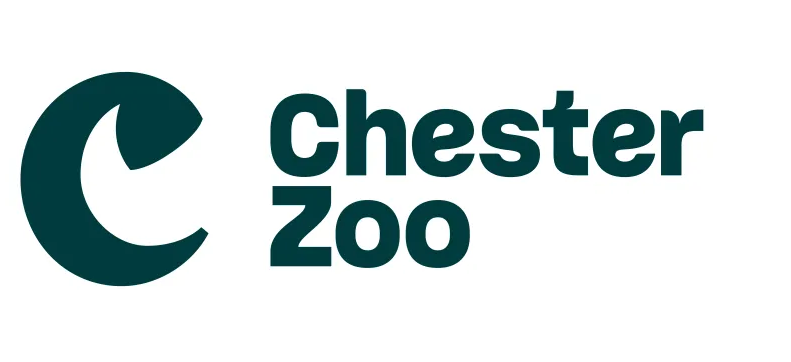Recapturing the canopy: stimulating Bornean orang-utan (Pongo pygmaeus) natural locomotion behaviour in a zoo environment
DOI:
https://doi.org/10.19227/jzar.v5i1.186Abstract
Orang-utans are the largest mainly arboreal animal: wild orang-utans rarely come to the forest floor. In contrast, the locomotion behaviour of captive orang-utans encompasses more time on the ground and they spend less time on locomotion than their wild conspecifics. Moreover, their most frequently employed climbing postures differ from those of wild orang-utans. More natural locomotion behaviour may be stimulated by the design of appropriate enclosures. This study aimed to investigate how the design of orang-utan enclosures influences locomotion behaviour both quantitatively (i.e. time spent above ground and on locomotion) and qualitatively (i.e. types of movement). We collected continuous focal samples from 11 captive Bornean orang-utans (Pongo pygmaeus) at Apenheul Primate Park (Apeldoorn, The Netherlands). During the study, Apenheul offered two types of outdoor enclosures to their orang-utans: horizontal trunk enclosures with a relatively high number of large-diameter, horizontal tree trunks; and multiple rope enclosures with a relatively high number of small-diameter ropes. The results showed that the orang-utans’ quantitative locomotion behaviour was more natural in the horizontal trunk than in the multiple rope enclosures: they spent less time on the ground and more time on above-ground locomotion. However, the orang-utans’ qualitative locomotion behaviour seemed more natural in the multiple rope enclosures than in the horizontal trunk enclosures. This indicates that both horizontal trunks and small-diameter substrates are required to stimulate natural quantitative and qualitative locomotion behaviour. Zoos can apply our recommendations to stimulate natural locomotion behaviour in captive orang-utans, which may improve their physical condition and thereby increase their wellbeing.
Downloads
Published
How to Cite
Issue
Section
License
JZAR fulfils the DOAJ definition of open access and provides free and open access to the full text of all content without delay under a Creative Commons licence. The copyright holder of JZAR publications grants usage rights to third parties, allowing for immediate free access to the work and permitting any user to read, download, copy, distribute, print, search, or link to the full texts of articles.







